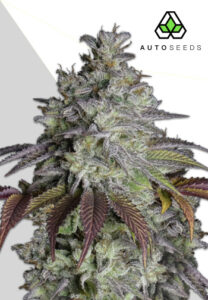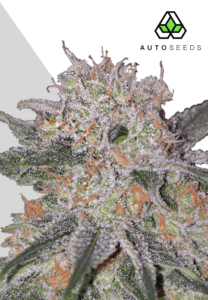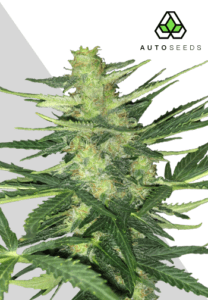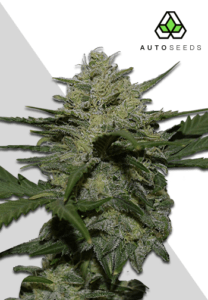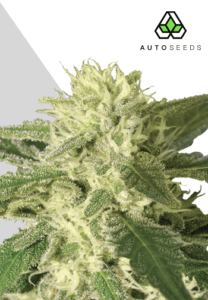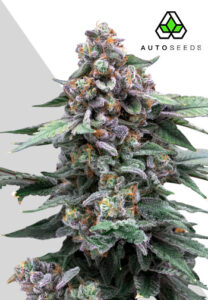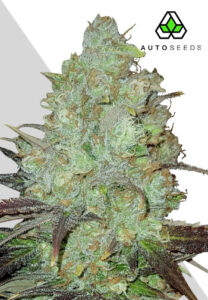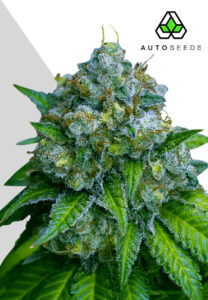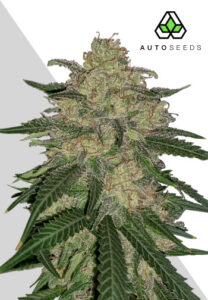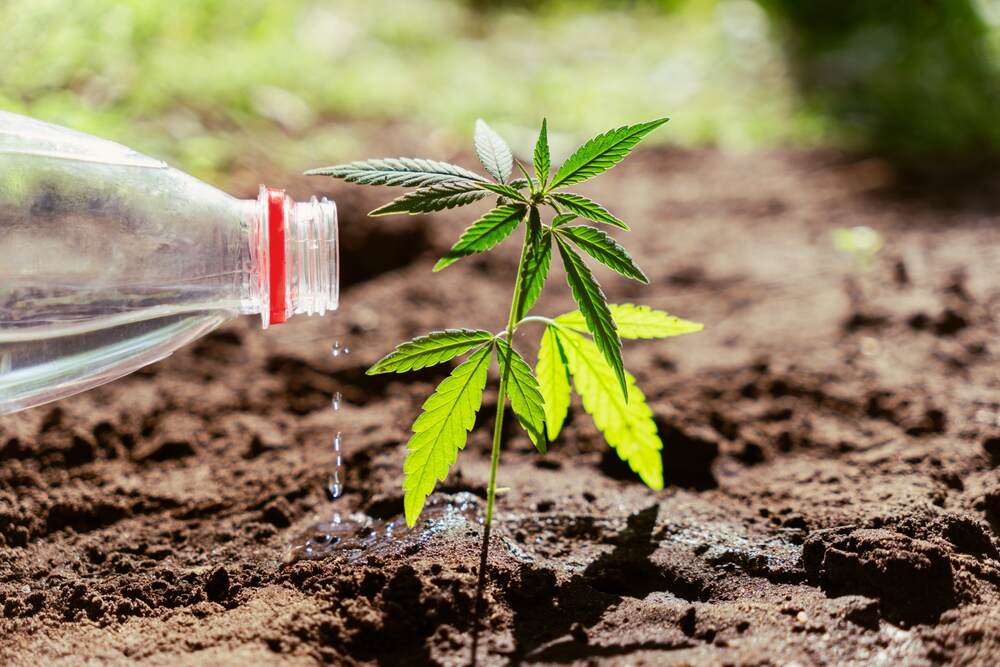
How long do autoflowers veg for?
Autoflowers grow from seed to harvest much faster than photoperiod strains, which is great if you want to grow weed in under twelve weeks, but it’s important to understand how long each stage of their life takes. In this article, we’ll explore the veg stage of growth, best practices and how to manage your autoflower grow.
When does the seedling stage end and veg stage begin?
The seedling takes about 2-3 weeks from germination or until your autoflowers have produced their first true set of leaves with 5 blades on it. At this point, your autoflower plant has transitioned into the vegetative stage.
How do you know when the veg stage has ended?
The veg stage ends when your autoflower starts to show signs of flowering. Autos flower based on age and not light cycle, so at around 3-4 weeks old you should begin to see small pre-flowers or pistils forming at the nodes. At this moment the vegetative stage is over, and your plant is transitioning into the flowering stage. The change is usually quite obvious, with growth noticeably slowing down as your plant begins to direct more of its energy towards bud development.
Why do autoflowers veg faster than photoperiods?
Autoflowers veg faster than photoperiods because their genetics originate from the cannabis ruderalis subspecies. Unlike photoperiod plants, which rely on light cycles to trigger flowering, autoflowers automatically switch to flowering based on age. This unique genetic trait allows them to complete their lifecycle quicker, often finishing in just 8-10 weeks from seed to harvest. It is believed that this is a mutation that has allowed this species of cannabis to survive in colder regions with less daylight hours.
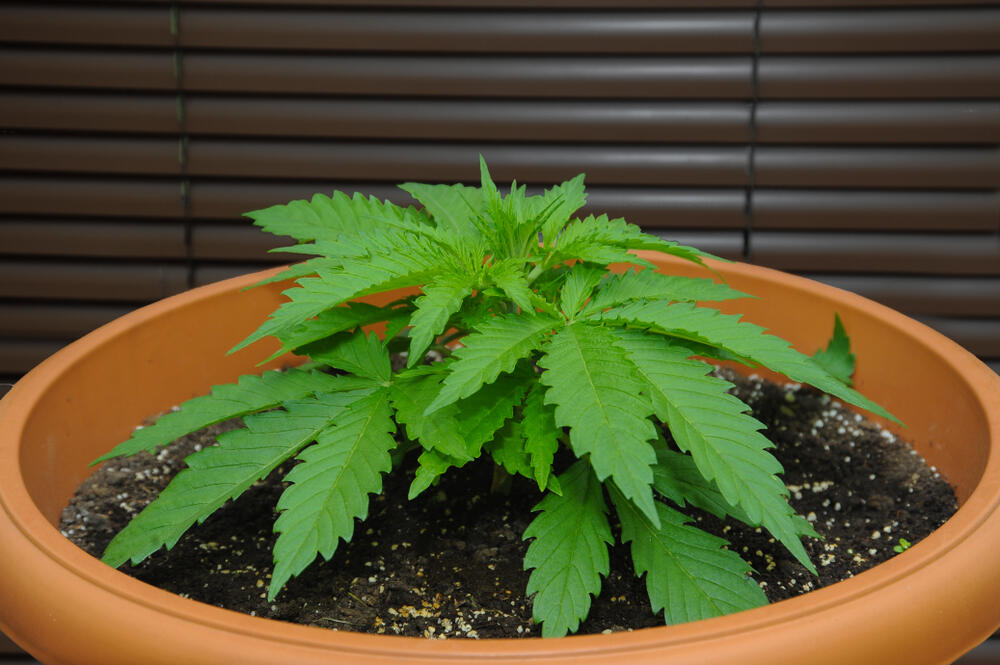
What light cycle is best for the autoflower veg stage?
Autoflower marijuana plants can be grown on the same light cycle from seedling right the way through to harvest. The best light cycles for autos are 18/6 or 20/4. This means 18 or 20 hours of light followed by 6 or 4 hours of darkness, respectively. You can also use a 24-hour light cycle where you literally keep the lights on 24 hours per day, however, this can lead to your plants becoming stressed or overheated and usually does not lead to any increase in the overall yield of an autoflower.
As a beginner, stick with 18/6 or 20/4 – both light schedules provide light while allowing enough time for your plant to recover during the dark periods.
What nutrients should you give an autoflower in the veg stage?
During the vegetative stage of autoflowers, provide about 1/4 the nutrients compared to photoperiod plants due to their smaller size. Focus on an NPK ratio (Nitrogen, Phosphorus, Potassium) of something like 10-5-5 giving them more nitrogen. For autoflowers, “less is more” to avoid nutrient burn and stress during their short growth cycles.
At what week during the veg stage should you begin LST training?
You should begin low-stress training (LST) on autoflowers around week 2 to 3 of the vegetative stage, once the plant has developed 3 to 4 true leaves. This timing ensures the plant is sturdy enough to handle manipulation but young enough to benefit from the training
How tall should autoflowers grow during the veg stage?
During the veg stage, the average autoflower grows to about 6-12 inches tall, however, this differs from strain to strain. Sativa autos are taller and can reach 120cm tall whereas indicas normally dont grow taller than about 80cm. Their short structure is what makes them great for beginners or anyone wanting to grow some weed at home for personal use without it taking over an entire room.
If you are someone that wants to grow a big autoflower, our Ultra Lemon Haze strain is a semi-auto which means it retains slightly more of the photoperiod genetics than other autos. This particular strain can grow as tall as 140cm, but will still flower automatically.
Can you keep an autoflower in veg?
No, autoflowers are genetically programmed to flower based on age, after around 3-4 weeks. Unlike photoperiod plants, there is no way to extend the veg stage as they do not rely on light cycles.

